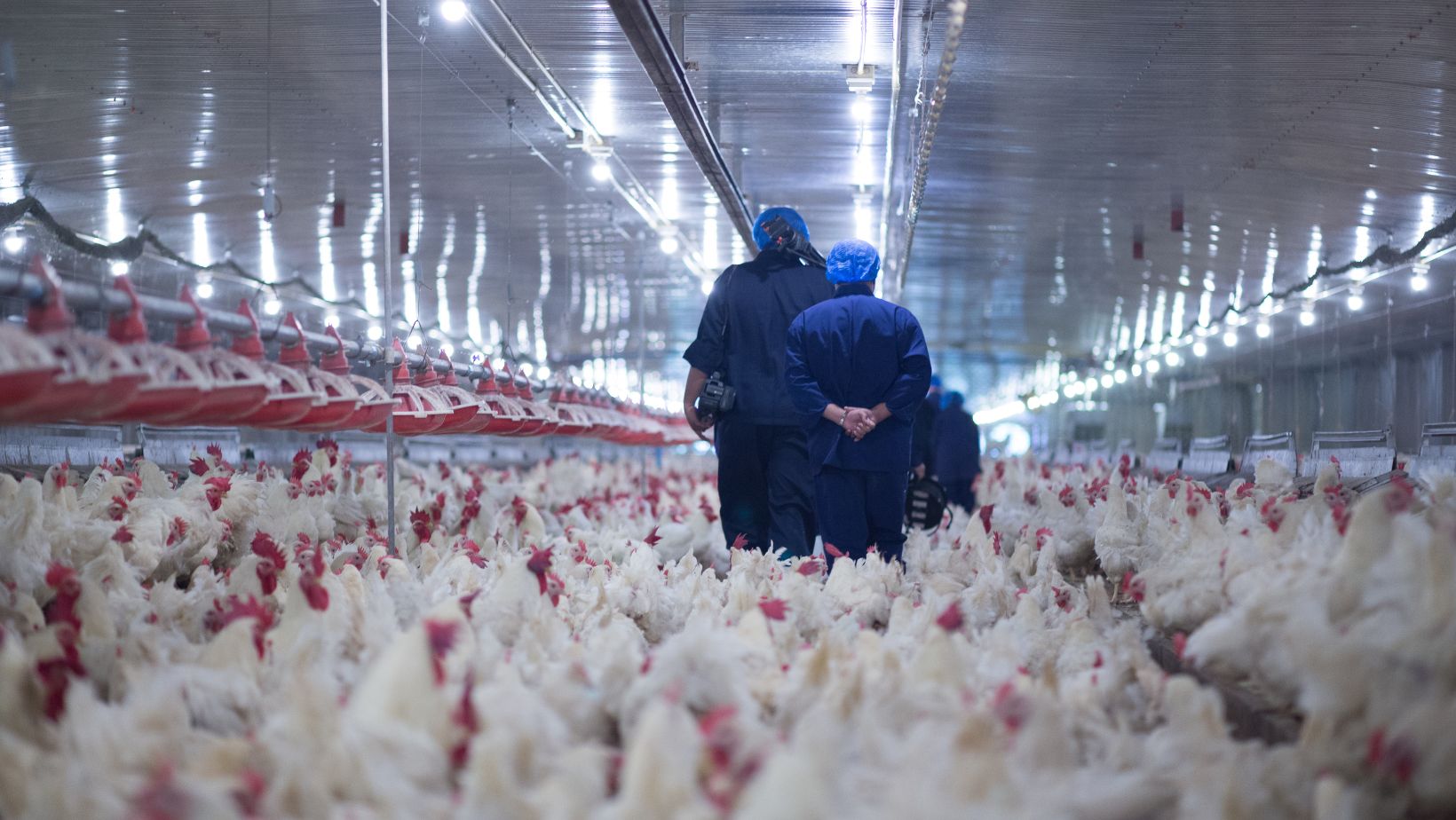Following a bird flu outbreak last week, Czech authorities are mulling to destroy up to 220,000 hens on a poultry farm in the west of the country.
Bird flu was reported last Friday at the farm that is about 150 kilometers from Prague and can house up to 750,000 chickens.
The Czech Republic’s State Veterinary Administration (SVS) said on Tuesday that since checks revealed the infection only in one of the halls, the majority of the flock could be spared.
“The whole (population of the) hall will have to be culled,” said Petr Majer, SVS spokesman.
The SVS confirmed the H5N1 virus subtype, which is potentially transmissible to humans.
H5N1 virus
H5N1 virus was first detected in China in 1996 where it caused the death of a number of geese. After undergoing reassortment to obtain new genes, it surfaced in Hong Kong in 1997 where it became widespread in live poultry markets.
Eighteen people were infected by the virus and six died. The virus was eradicated by culling all domestic chickens in Hong Kong. Different reassortants of H5N1 continued to arise and in 2002 an epidemic of influenza killed most birds, domestic and wild, in Hong Kong nature parks.
Two people were infected and one died.
The virus then spread widely over eastern Asia. The virus killed wild as well as domestic waterfowl and chickens, and together with repeated efforts to stop the spread of the virus by culling of birds, the death of more than 140 million birds occurred.
The virus has a high mortality rate in humans, about 50%, and as of early 2007 more than 150 people have died as a result of H5N1 infection.
There is no evidence for human-to-human transmission at the current time. All human infections appear to have originated from close contact with infected birds.
Support Prague Morning!
We are proud to provide our readers from around the world with independent, and unbiased news for free.
Our dedicated team supports the local community, foreign residents and visitors of all nationalities through our website, social media and newsletter.
We appreciate that not everyone can afford to pay for our services but if you are able to, we ask you to support Prague Morning by making a contribution – no matter how small 🙂 .




